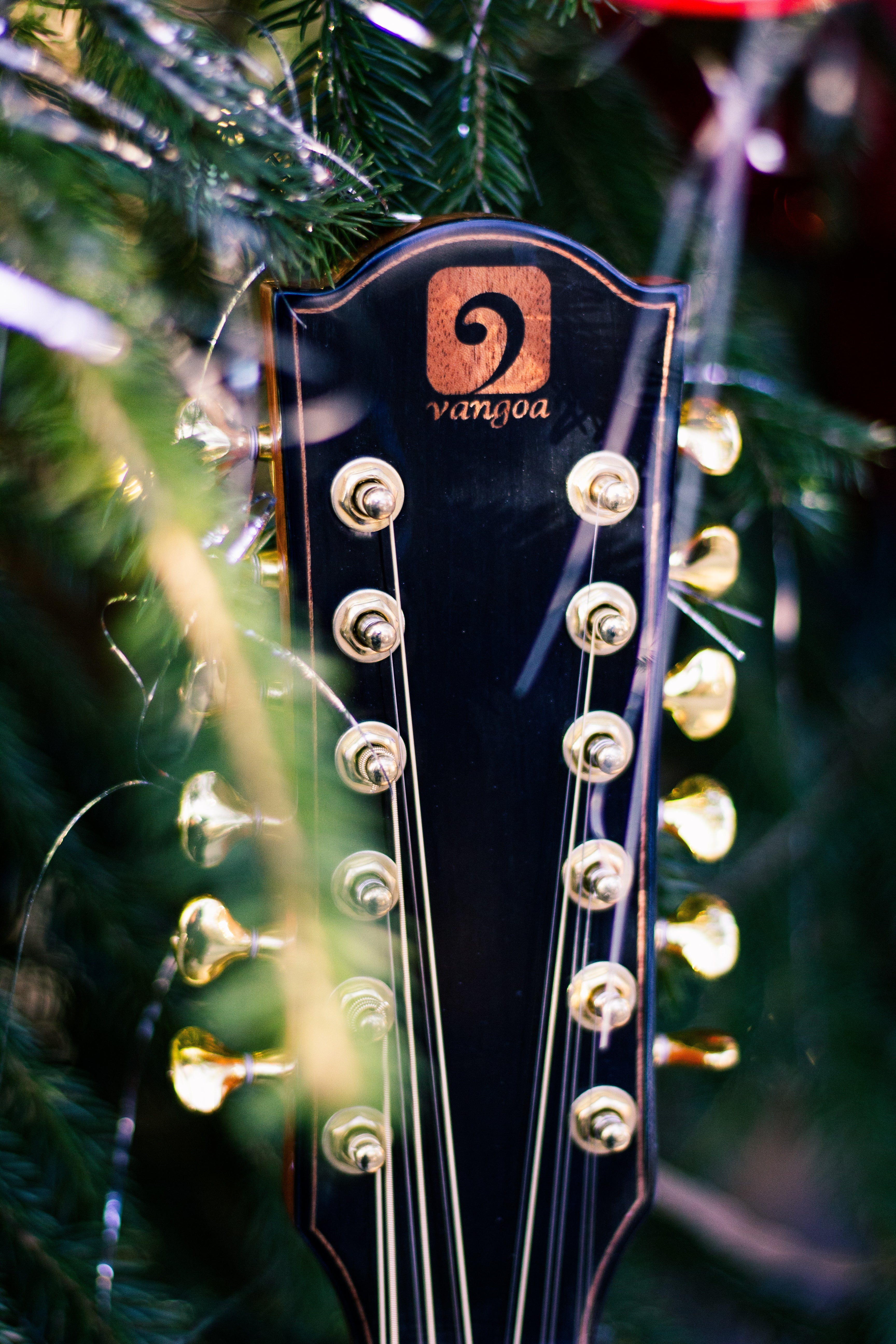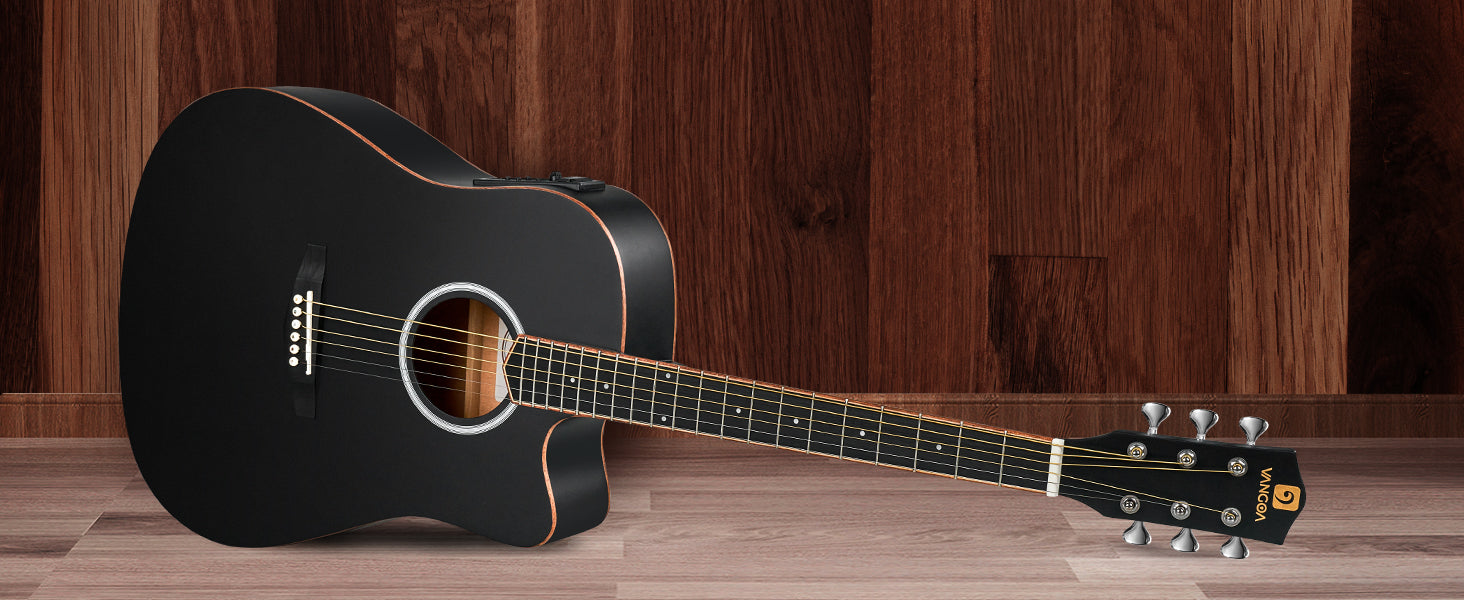When it comes to choosing the right string instrument for your musical style, the decision can be overwhelming. From the familiar tones of the guitar to the rich sounds of the violin, string instruments offer a vast range of choices, each with its unique characteristics. Among these options, the mandolin stands out as a versatile, expressive instrument that is often associated with bluegrass, folk, classical, and even rock music. But how does the mandolin compare to other string instruments, and who is best suited to play it? In this article, we'll explore the structure of the mandolin, compare it with other string instruments, and help you determine if it's the right choice for your musical journey.
Understanding the Mandolin: Structure and Sound
The mandolin is a small, eight-stringed instrument traditionally tuned in pairs of strings, which gives it a bright, sharp tone. It's a member of the lute family and has a history that stretches back to Italy in the 17th century, but its modern form has roots in the 19th century. The mandolin has a teardrop-shaped body with a flat back and a small, rounded soundhole.
Key characteristics of the mandolin include:
- Size and Shape: The mandolin is relatively small, with a body size slightly larger than a ukulele. It's light and portable, making it a favorite for musicians who perform in bands or on the go.
- Tuning and Strings: As mentioned, the mandolin typically has eight strings arranged in four pairs. Each pair of strings is tuned to the same pitch, but they vibrate at slightly different frequencies, giving the instrument its distinct, shimmering sound. Mandolins are most commonly tuned in the same way as a violin (G-D-A-E), with each pair tuned to the same pitch.
- Bridge and Neck: The mandolin features a wooden bridge that sits on top of the soundboard. The neck is short with frets, which makes it easy to play rapid, intricate patterns or chord progressions.
Mandolins produce a bright, resonant tone that stands out in ensemble settings. Their unique sound makes them ideal for both rhythm and lead parts in folk, bluegrass, and classical music.
Comparing the Mandolin to Other String Instruments
To understand how the mandolin fits into the world of string instruments, let's compare it to some of the most popular options: the guitar, violin, banjo, and ukulele.
Mandolin vs. Guitar
Size and Playability: The guitar is much larger than the mandolin and typically has six strings (sometimes more in certain models like the 12-string guitar). The mandolin's smaller size makes it more portable and easier to handle for younger players or those with smaller hands. However, because of its smaller neck and tighter string spacing, the mandolin can be more challenging to play for beginners.
Tone: The mandolin produces a more metallic, higher-pitched tone compared to the guitar's fuller, deeper sound. The guitar is more versatile and suitable for a wide range of musical styles, including rock, blues, jazz, and classical. In contrast, the mandolin excels in genres like bluegrass, folk, and classical, where its bright tone can cut through other instruments.
Tuning: While the guitar is typically tuned E-A-D-G-B-E, the mandolin is tuned G-D-A-E (similar to the violin). The mandolin's paired strings create a distinctive, more "chime-like" sound that sets it apart from the guitar.

Mandolin vs. Violin
Playability and Technique: The mandolin and violin share similarities in their playing techniques, such as using a bow or picking the strings with a plectrum (pick). However, the mandolin is fretted, while the violin is not, making the mandolin easier for beginners to learn basic chords and scales. On the other hand, the violin requires more precision in pitch, as it is fretless, and players must rely on their ear and finger placement for accurate intonation.
Tone and Use: The violin has a much richer, fuller tone that is often used in orchestras, classical compositions, and folk music. The mandolin's tone is sharper and more percussive, making it ideal for fast-paced, rhythm-heavy styles of music, such as bluegrass and folk.
Range: The violin has a greater range of notes, especially in the higher registers. Mandolins, while capable of high-pitched notes, have a more limited range than the violin, which is typically used in more complex musical compositions and solos.
Mandolin vs. Banjo
Tone and Sound: The banjo is known for its bright, twangy sound, often associated with bluegrass and old-time music. The mandolin, while also bright, has a more delicate and melodic sound compared to the banjo's punchy tones. The mandolin's higher pitch and smaller body give it a more refined, ringing sound, whereas the banjo produces a more percussive, resonant sound.
Playability: Both instruments require fast picking techniques, but the banjo is often played using fingerpicks, which gives it a distinct tone. Mandolins are usually played with a flat pick, and their smaller fretboard allows for quicker note transitions, especially in fast bluegrass solos.
Mandolin vs. Ukulele
Size: The ukulele is much smaller than the mandolin, with only four strings instead of eight. While both instruments are portable and easy to learn, the ukulele's tone is softer and more mellow than the mandolin's sharp, percussive sound.
Playability: The ukulele is typically tuned G-C-E-A and is known for its easy chord shapes, making it a popular choice for beginners. The mandolin, on the other hand, can be a bit more challenging for beginners due to its smaller size and the need to master double-string techniques.
Tone and Genre: The ukulele is often used in Hawaiian and tropical music, whereas the mandolin's sound is more suited to bluegrass, folk, and classical genres.
Conclusion
Choosing the right string instrument depends on your musical style, goals, and personal preferences. While the mandolin is smaller and more specialized than other string instruments, it offers a unique, bright tone that is perfect for bluegrass, folk, classical, and other genres. Whether you're looking for a new challenge or want to add a fresh sound to your music, the mandolin might be the perfect fit for you. So, if you're passionate about intricate picking, bright melodies, and a distinctive musical voice, the mandolin may just be your ideal instrument.
Purchase here to get one Vangoa Mandolin
1. Vangoa Acoustic Mandolin Musical Instrument A Style 8 String for Professional Beginners
Vangoa's premium AAA-grade mahogany A-style mandolin delivers a rich, warm tone with outstanding resonance, making it ideal for players seeking superior sound and durability. With over 10 years of expert craftsmanship, it features a sturdy arched body, smooth fretboard, adjustable walnut bridge, and rounded frets for comfort and precision. Lightweight and portable, it’s perfect for beginners, teens, and on-the-go musicians, complete with a padded gig bag for easy transport. Easy to play and tune, it boasts open-style tuning pegs and a protective pickguard. The all-in-one beginner kit includes a chord chart, extra strings, picks, strap, tuner, and more—everything needed to start playing right away.

Color: Sunburst, Brown, Pink
Retail: 109$-154$
https://www.amazon.com/Vangoa-Mandolin-Instrument-Sunburst-Acoustic/dp/B07XJML192
Left-handed

https://www.amazon.com/Vangoa-Mandolin-Instrument-Sunburst-Acoustic/dp/B091BVZ8DC
2. Vangoa F-Style Mandolins Instrument 8 String
Vangoa's F-style mandolin boasts a solid spruce top and mahogany body, delivering rich, vibrant tones with exceptional resonance and warmth, perfect for any music style. Designed for stage and studio performances, it features a stunning arched back with a tiger maple finish, elegant binding, and a translucent matte coating that enhances durability and natural beauty. Vintage antique copper tuners ensure precise tuning, while the open tailpiece simplifies string changes. With 29 frets, a premium ebony fingerboard, and an extended design for intricate melodies, it offers smooth playability and versatility. The complete kit includes picks, a chord chart, a clip-on tuner, spare strings, and a strap—ready for players of all levels. Backed by excellent after-sales support, Vangoa ensures quality and reliability for your musical journey.

Color: Sunburst, Classic Sunburst
Retail: 209$-359$
https://www.amazon.com/Vangoa-Mandolins-Instrument-Acoustic-Protective/dp/B0CTBJS5F2
3. Vangoa Mahogany Acoustic Electric A Style Mandolin
Vangoa's AAA mahogany mandolin delivers crisp, deep, and sweet tones with excellent projection through its f-shaped sound holes. It can be played acoustically or amplified, making it versatile for both beginners and professionals. Its compact size, simple design, and basic chord structures make it an ideal starting point for new players, while experienced musicians can quickly master new songs. Thoughtful features like an anti-rust ABS bridge top and compensated bridge ensure durability and accurate intonation. The lightweight design, combined with a complete beginner kit, offers everything needed for a seamless playing experience and easy portability.

Color: Black, Redburst
Retail: 139$
https://www.amazon.com/Vangoa-Mandolin-Instrument-Acoustic-Beginners/dp/B091BR1GB2?th=1






Share:
The 3 Most Popular Vangoa Digital Pianos to Elevate Your Music Experience
Vangoa Electronic Wind Instrument review - Easy to Learn and Play